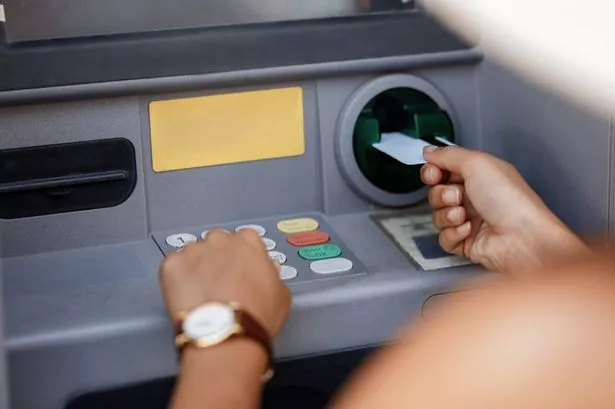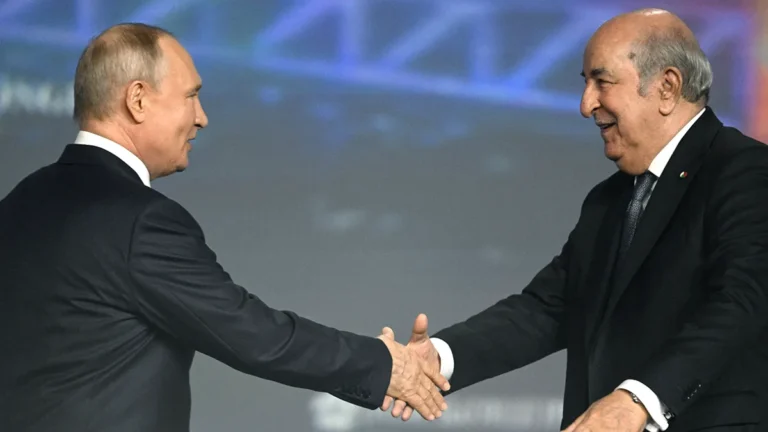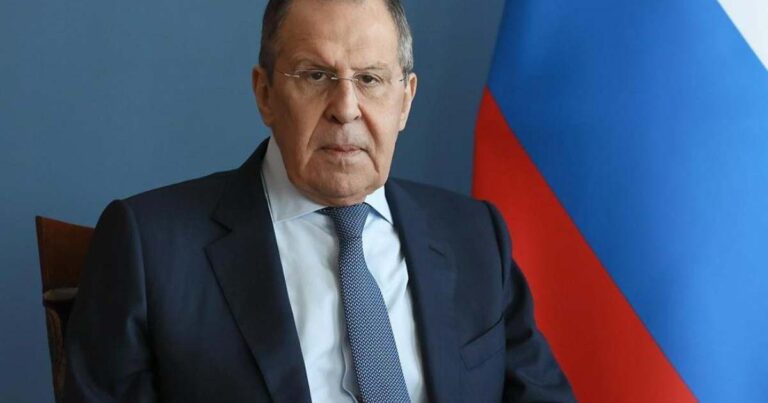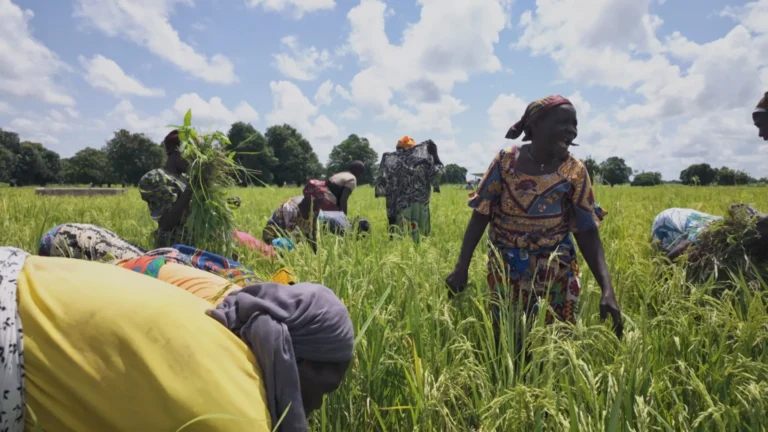
Bank Al-Maghrib (BAM), Morocco’s central bank, has announced that 58% of adult residents held at least one active bank account by the end of 2024—an increase from 54% the previous year. This rise, according to BAM’s latest report, reflects the adoption of updated demographic data from the national census, replacing older population projections.
The report indicates that 15.4 million Moroccans are now part of the formal banking system, marking a year-on-year increase of 3%. The growth signals a steady push toward greater financial inclusion across the kingdom.
A closer look at the data reveals encouraging signs in closing the gender gap.
In 2024, 70% of Moroccan men had a bank account, compared to 67% in 2023. Among women, the rate rose from 42% to 46%, highlighting gradual progress in female access to financial services.
Demographic breakdowns show that among men, those aged 25 to 30 are the most banked, with 82% holding accounts. For women, those aged 60 and above recorded the highest level of account ownership, at 56%.
For more than a decade, Morocco has implemented various initiatives to enhance financial inclusion, particularly targeting underserved groups such as women and rural populations.
These include state-backed programs to expand banking infrastructure, introduce mobile banking solutions, and develop digital payment systems that reduce reliance on traditional banking channels.
BAM’s report also underscores the role of social assistance programs, many of which are now directly tied to bank accounts. This strategy has encouraged beneficiaries to open and maintain active accounts, thereby drawing more citizens into the formal financial ecosystem.
Nonetheless, challenges persist.
Access to banking services in remote areas and financial literacy—especially among women—remain areas requiring continued focus. Despite the gains made, BAM emphasizes the need for sustained public-private collaboration to ensure equitable access to financial services for all segments of society.



